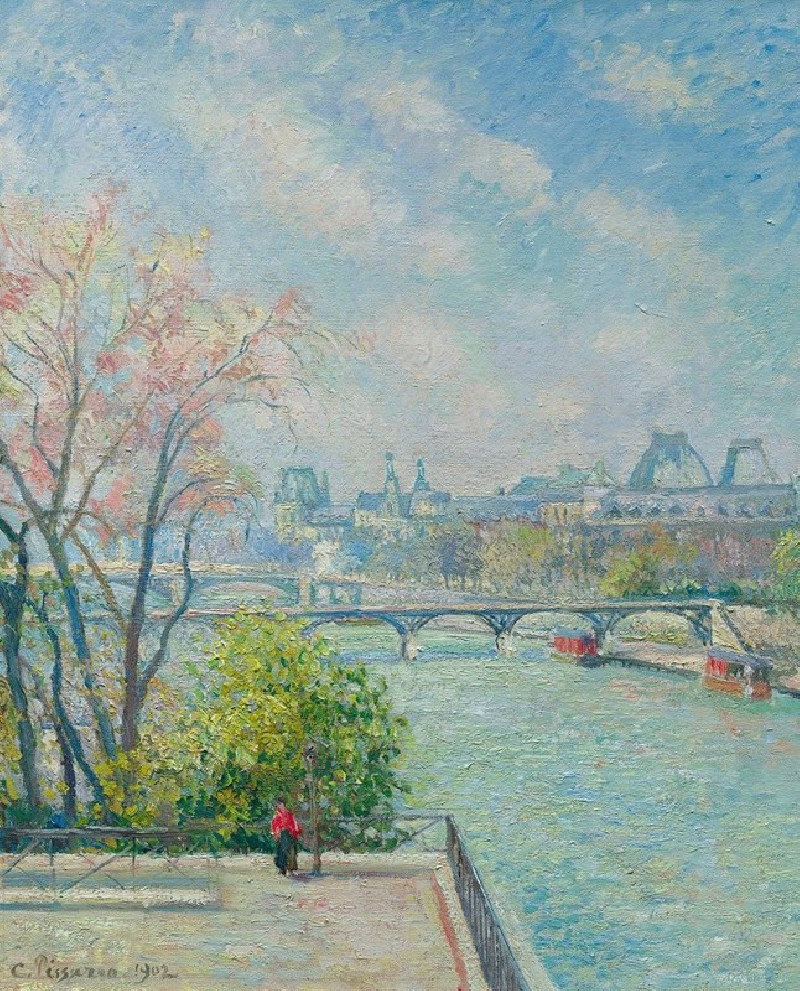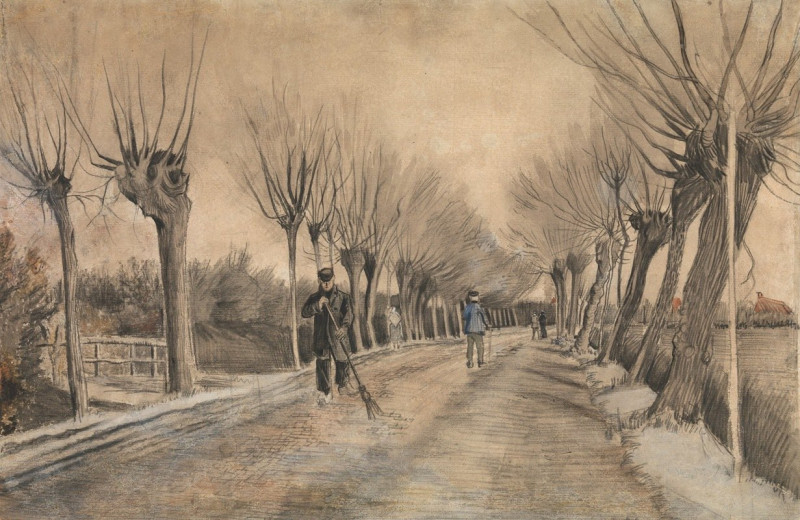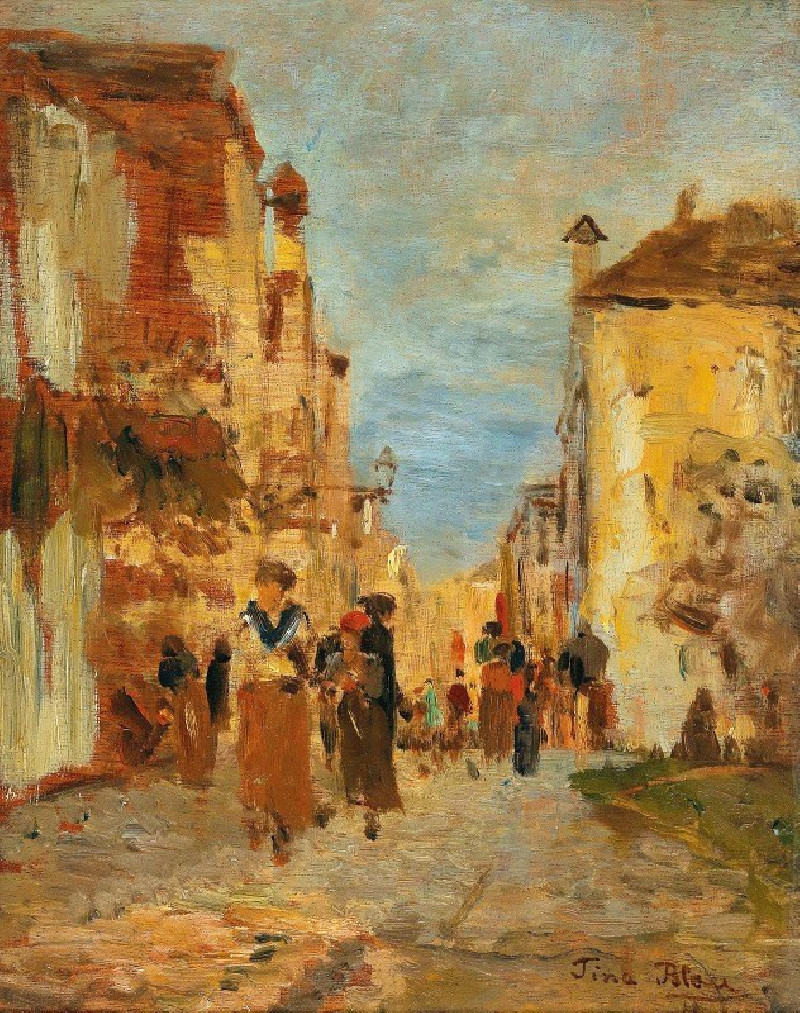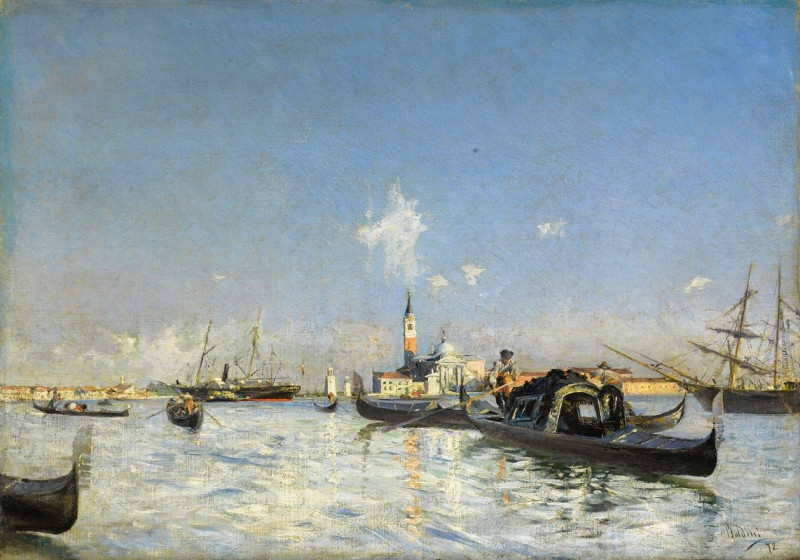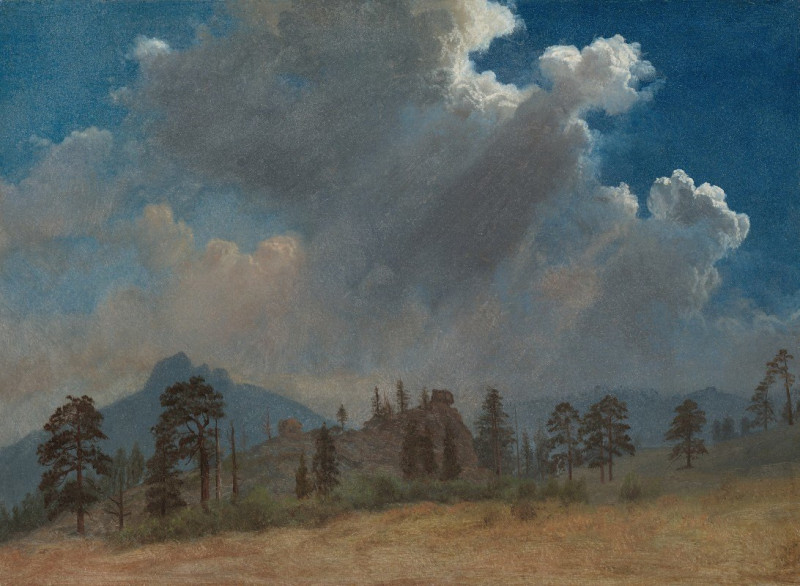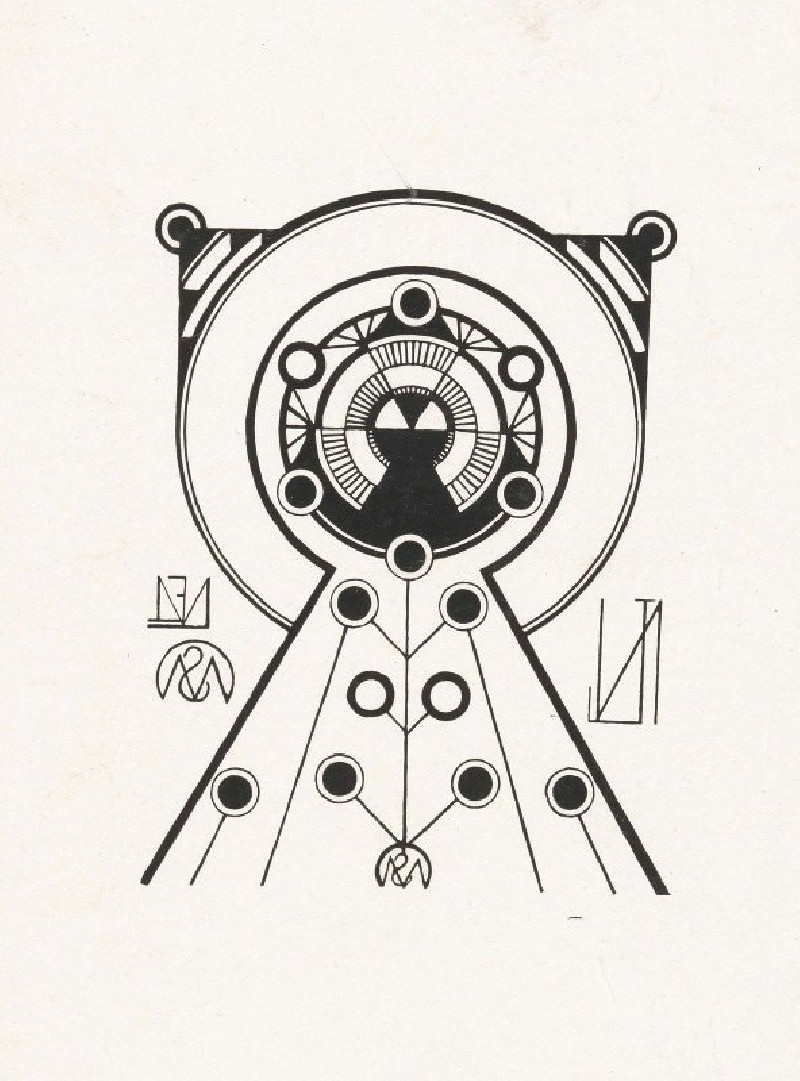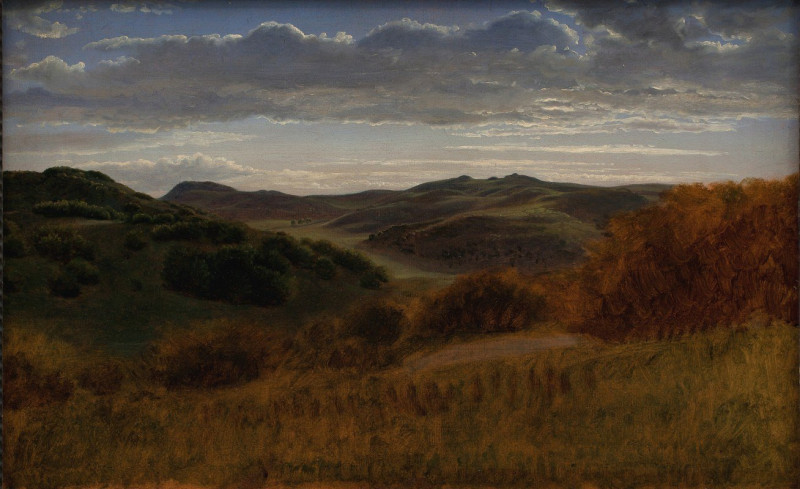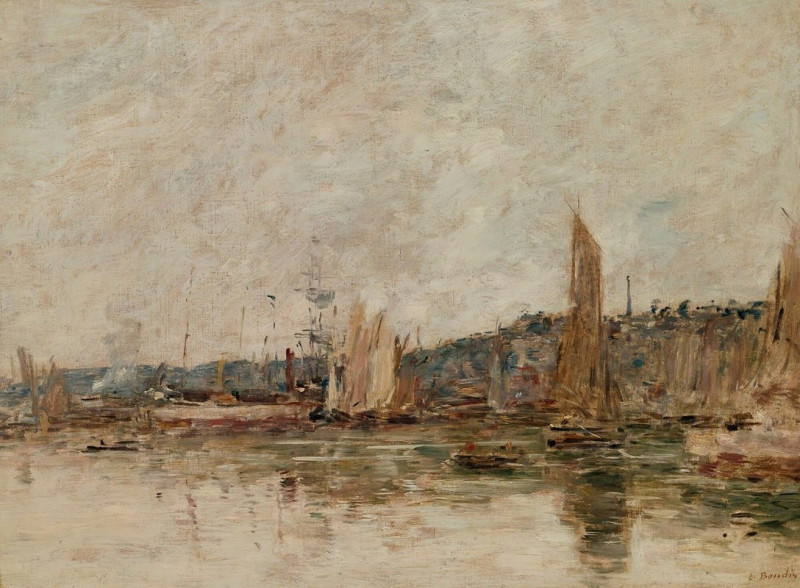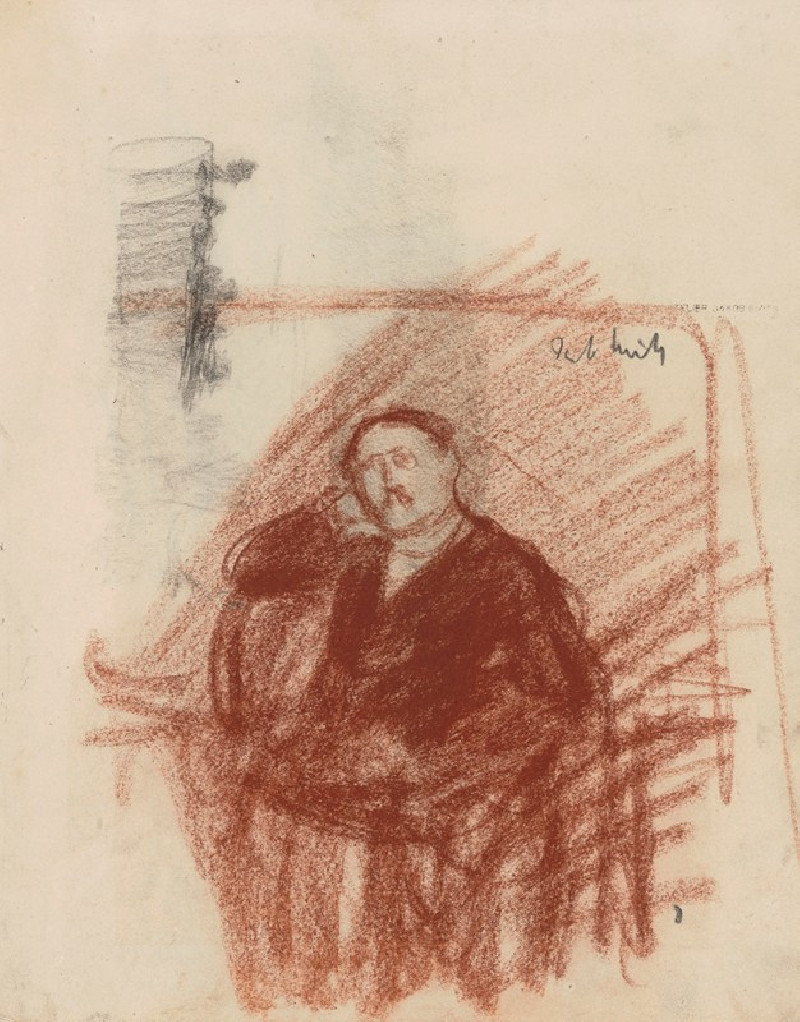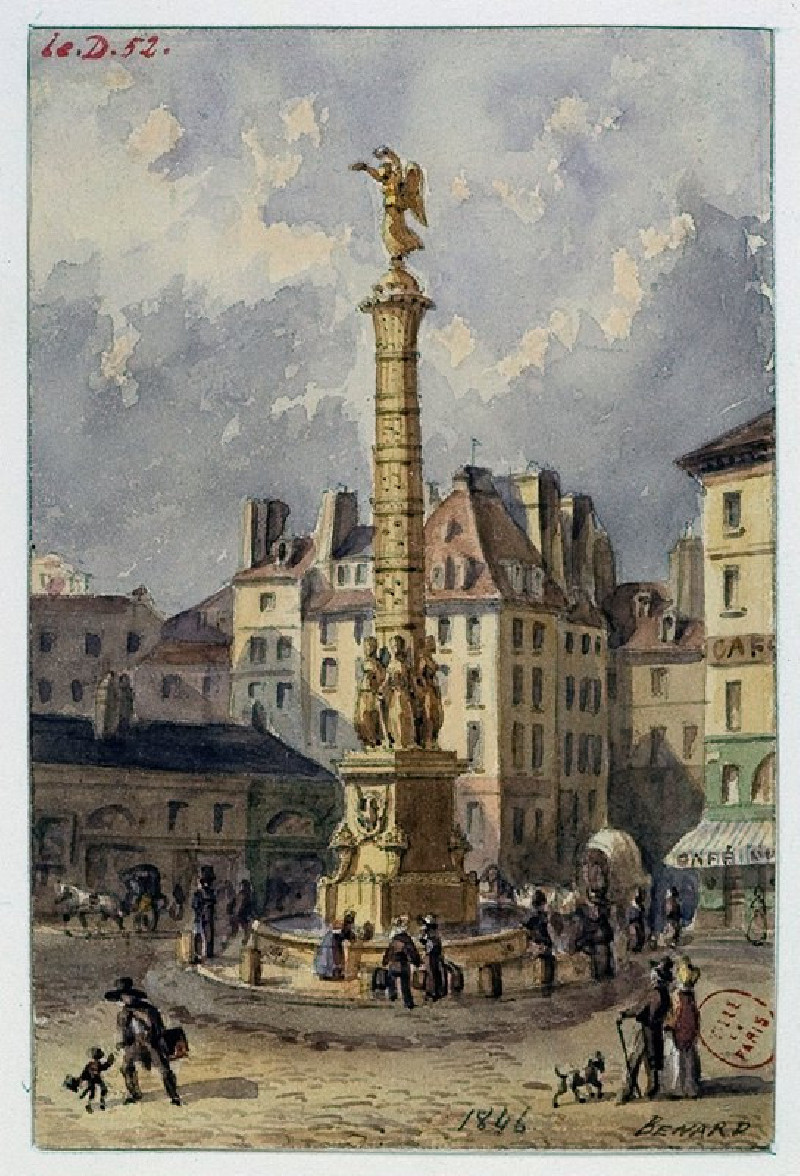Le Louvre, Matin, Printemps (1902)
Technique: Giclée quality print
Recommended by our customers
More about this artwork
"Le Louvre, Matin, Printemps (1902)" by Camille Pissarro is a captivating Impressionist painting that beautifully captures a serene morning scene in springtime Paris. This artwork renders the historic Louvre and the lively Seine River with a mastery of light and color that is characteristic of Pissarro's style.The painting invites viewers into a tranquil morning along the quays beside the Seine. Soft, pastel tones suggest the gentle warmth of a spring day, with scattered clouds decorating an otherwise clear blue sky. An array of delicate pinks and whites mark the blossoming trees, juxtaposing the verdant greens that signify the arrival of spring.In the foreground, an individual is depicted strolling along the riverbank, a spot of vibrant red against the softer hues, suggesting perhaps a moment of peaceful solitude or reflection. The famous Pont des Arts stretches across the river, serving as a conduit not just between riverbanks, but between the bustling urban life and the calm brought by nature's awakening.Beyond, the iconic silhouette of the Louvre Museum is discernible, its structures softened by the morning light, reminding us of the city's rich culture and history. Pissarro's brushwork imbues the scene with a sense of vibrancy and movement while remaining true to the tranquil mood.
Delivery
Returns
Blessed are they who see beautiful things in humble places where other people see nothing. — Camille Pissarro
Camille Pissarro (1830-1903) was born on St.Thomas (now the US Virgin Islands) to a Portuguese father and a Dominican mother. He went to Paris to study art at Ecole des Beaux-Arts. He was an early pioneer of pointillism and neo-impressionism and later became a mentor of many famous impressionist painters including Cezanne, Manet, Renoir, and Gauguin. His paintings depicted rural and urban French landscapes and lifestyle. Many of his works politically captured images of peasants and laborers. Today, he is considered the father of impressionism.

